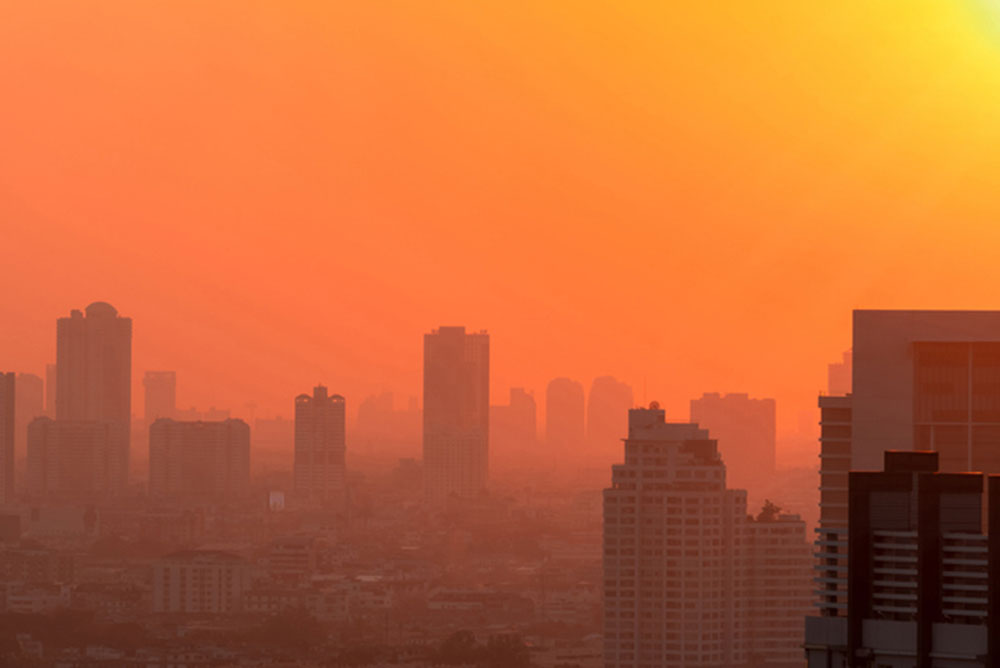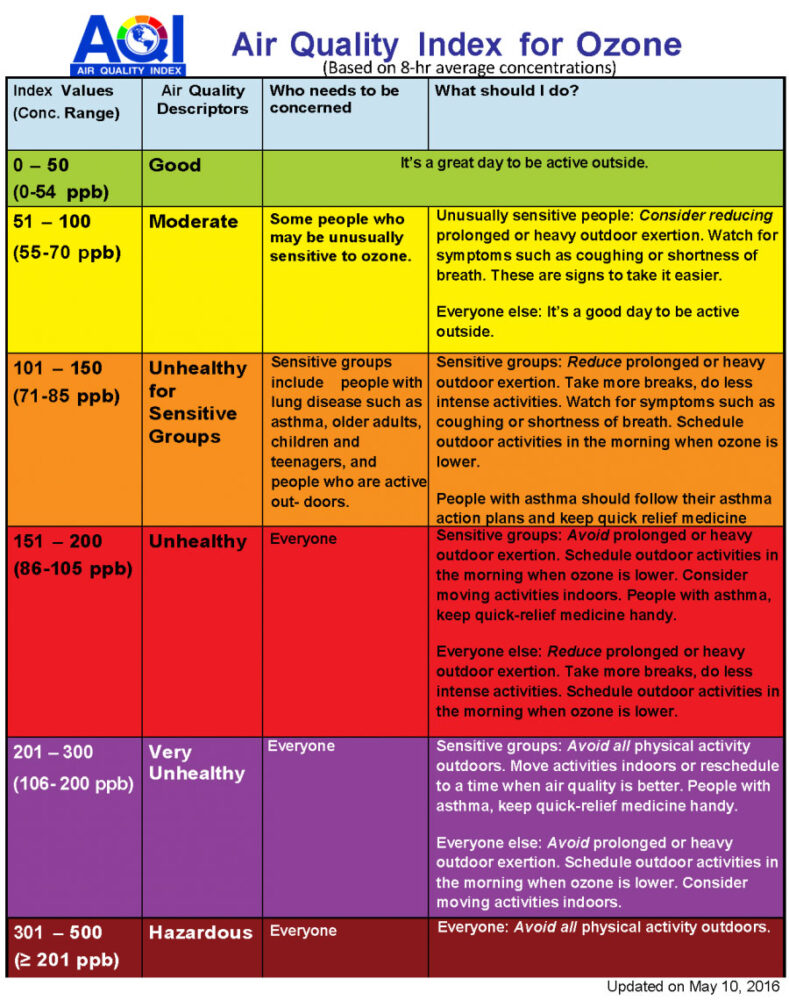
By Mary Carpenter
WHEN THE air quality index (AQI) soared around the Northeast last week in spreading smoke from Canadian wildfires, news reports emphasized immediate potential risks to the heart and lung from fine particulate matter. There is little evidence, however, showing long-term health effects from a few days’ exposure in otherwise-healthy people—aside from a casual comparison of one day’s high AQI levels to smoking about six cigarettes.
Fine particles that come directly from wildfire smoke tend to be “more toxic than other sources of [particles smaller than] PM2.5,” Francesca Dominici, Harvard professor of biostatistics, population and data science told the Washington Post. The reason is wildfires burn everything— which includes “various household materials, such polyvinyl piping and batteries, that produce toxic emissions when combusted.”
(Because so-called “wildland fires” burn plant material, their smoke can be less toxic than fires burning through inhabited structures. Most firefighters use water in their hoses—sometimes with added salts or chemicals used in fertilizer that are poisonous to fish but break down over time; but sprays for Class B fires, such as in jet fuel at airports and oil at refineries, include PFAS (“forever chemicals”) linked to serious human health effects.
Wildfire smoke in lab experiments “causes more inflammation and tissue damage than the same amount of air pollution,” according to Reuters, and “has been linked to higher rates of heart attacks, strokes and cardiac arrests.” Moreover, wildfire smoke lingers in the air for weeks and travels hundreds of miles.
Fine particulates can penetrate deeply into lung tissue, leading to “transient reductions in lung function. . . and may also affect the body’s ability to remove inhaled material such as viruses and bacteria from the lungs,” according to the EPA. In air pollution, particles smaller than PM2.5 come from combinations of airborne chemicals emitted from industries and automobiles—but mostly from coal-fired power plants.
There is no “safe” level of small particulate matter or wildfire smoke exposure, according to Marshall Burke, Stanford smoke pollution researcher. “We see impacts basically starting at zero.”
Last week’s AQI numbers sent DC into “Code Purple” (AQI scores from 201 to 300) indicating risk to everyone—and closing the National Zoo as well as postponing a Nats baseball game. In New York City, numbers soared into “Code Maroon” with AQIs in the high 400s —considered “hazardous for everyone”—briefly ranking it number one on the world’s most polluted cities list, above the usual high-scorers in India and Pakistan.
“We haven’t seen something like this with smoke ground level in over 10 years,” said local DC-area WTOP News meteorologist Eileen Whelan. Ground-level smoke is notably the big offender—meaning that even when skies appear ghastly orange or murky brown, smoke may be too high to create serious health risks.

In DC’s average AQI, however, the most villainous offender is ground-level ozone, which has earned the city an F —with fine particle pollution considered acceptable on a 24-hour basis but with regular spikes that exceed guidelines. Ground-level ozone comes from the reaction of “precursor pollutants,” such as hydrocarbons and nitrogen with sunlight, causing an AQI number that tends to rise over the course of sunny days. Stratospheric ozone, in contrast, acts as the earth’s sunscreen to help protect against harmful UV rays—but excessive carbon emissions deplete or create holes in this layer.
“I cannot think of many things more frightening,” Elena Kagan wrote last year about the Supreme Court’s decision that loosened coal-industry pollution standards and, to some, indicated the court’s takeover from the EPA as climate decision maker for the country.
“The climate signal is very strong,” Robert Scheller, professor of forestry at North Carolina State University, told the BBC —speaking of climate change’s contribution to wildfire surges of recent years. “We are seeing both a larger area burned, and more severe fires . . . Spring in Canada has been much warmer and drier than usual, creating a tinder-dry environment for these vast fires.”
“Across the [U.S.], the number of people exposed to . . . extreme smoke days has grown 27-fold in just a decade,” writes David Wallace-Wells, author of The Uninhabitable Earth. And “already the health impact of American wildfires is larger east of the Rockies than to the west.” Pointing to what one historian calls “the pyrocene,” Wallace-Wells notes that 10% of the world’s forests rise from Canadian soil, and he quotes writer John Vaillant describing a 1950 Canadian wildfire: with a smoke plume so large it created weird visual effects “including widespread reports of lavender suns and blue moons.”
Blame for the U.S. world ranking of #46 for average life expectancy—79.11 years in 2020—falls on U.S. industries that make it “the world’s largest producer of oil, its second largest producer of gas and its third largest consumer of coal, and also its largest historical emitter by an outrageous margin,” writes Wallace-Wells. The U.S. is “responsible for about twice as much carbon damage already done to the planet as any other country on Earth.”
Air pollution has recently joined the list of “12 modifiable risk factors [that] account for around 40% of worldwide dementias, which consequently could theoretically be prevented or delayed,” according to the Lancet Commission on Dementia Prevention, Intervention and Care. Researchers have found traces of magnetite PM2.5 from car emissions in amyloid plaques in the brain but are still working to establish a direct link between air pollution and Alzheimer’s disease.
When AQI numbers are high, recommendations include staying indoors as much as possible; and for outside activities, wearing high-quality N95 or KN95 masks. But I took comfort from surgeon and co-director of the Climate Institute at George Washington University Neelima Tummala’s comment to the Washington Post that “everyone has slightly different responses to environmental irritants . . . Do I want people to be outdoors exercising and doing good things for their mental and physical health? Yes.”
Also comforting to me, after spending time outdoors on two unhealthy AQI days without noticeable health effects was a good friend’s report of the comparison to six cigarettes a day. On a Code Purple DC AQI day, with that number sounding lower than the daily cigarettes we had smoked in our early years, we went ahead with a planned swim that was only slightly shorter than usual—and lovely.
—Mary Carpenter regularly reports on topical subjects in health and medicine.
